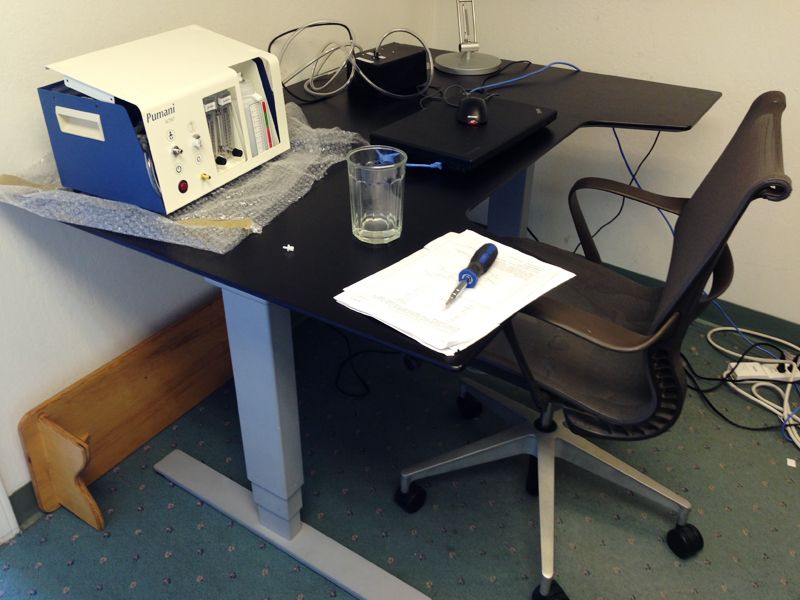I arrived in San Rafael, California on Sunday. I know everyone says this when they come to California, but it’s unavoidable: the weather is beautiful. I’m staying the first week at a nearby hotel since the housing at Dominican College doesn’t open until this coming Sunday. Here’s a view from the front door:
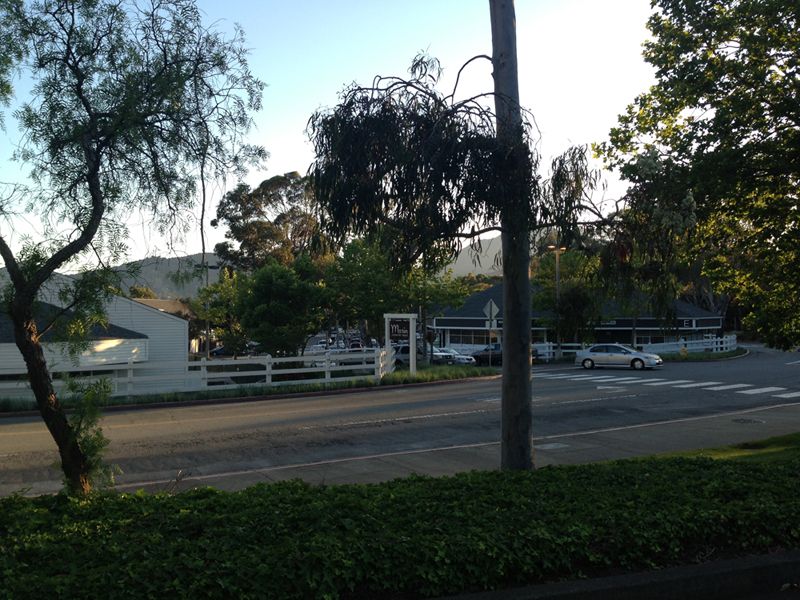
My first day of work at 3rd Stone was amazing! I got to familiarize myself with the space and meet my coworkers for the summer, as well as set up my company email and work station. Almost right after I’d arrived, I began to learn about the projects: primarily the Pumani bCPAP developed at Rice. The timing of my arrival was spot on, since I was lucky to be able to sit in on a conference call between CEO Robert Miros and the BTB directors back at Rice about how the design and production of the Pumani was progressing. We walked through a couple issues that had come up in the most recent models, such as some minor safety concerns and some obstruction due to folding and kinking of the tubes inside the system. Alas, opportunity! I was assigned to inspect the Pumani units in storage at 3SD, noting and documenting any abnormalities.
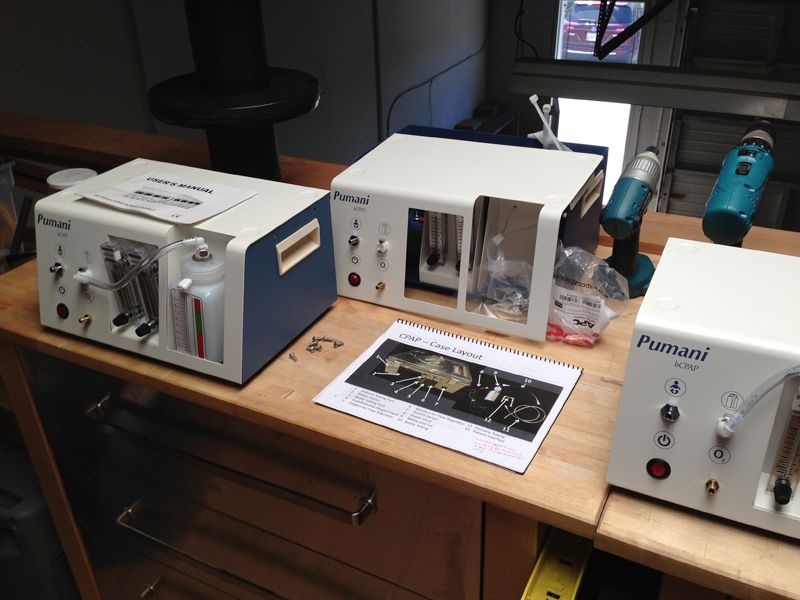
It’s wonderful to see how far the design has progressed since I first was introduced to the bCPAP back in summer of 2012. For the most part, the units were outstanding when I’d opened them up and inspected them. However, a couple of units did show some kinking in the internal tubing.
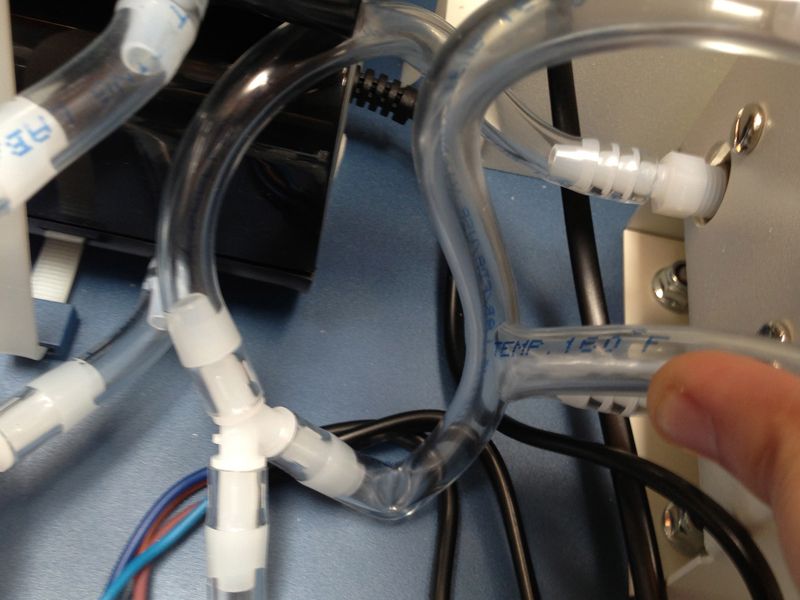
Krister (a product developer at 3SD) and I guessed that the problem was coming from inappropriate tubing lengths. Most of the tubing was a bit excessive, so I decided to take a problem unit and see if I could redistribute the tubing in a way that would prevent any folding, both when the product was opened and closed. This proved to be much more difficult than I’d anticipated. The tubing is near impossible to remove from the connector pieces by hand, which I suppose is a good thing! They are most definitely airtight. After adjusting quite a few of the tubing lengths, I’d gotten to a point where kinking of the tubes (even with movement from opening and closing the unit) was very unlikely. Some of the connections actually had to be extended to remove excessive tension.
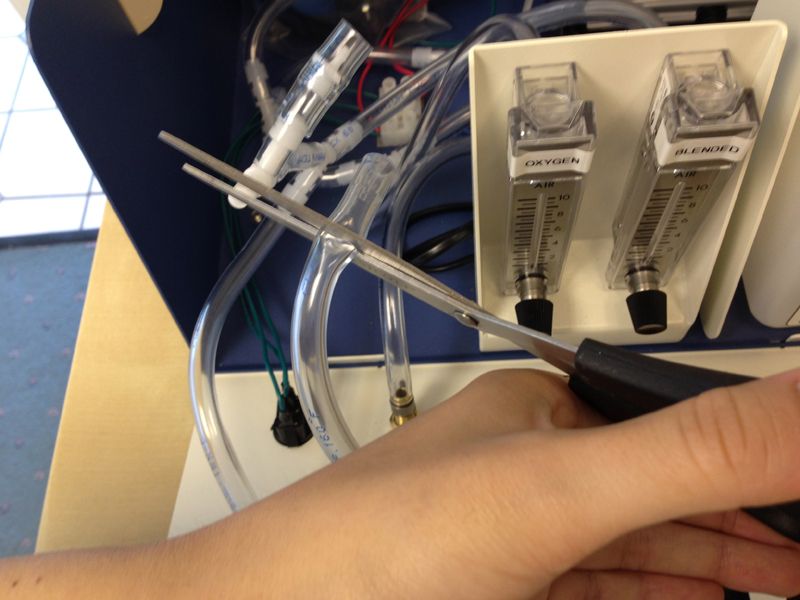
The next steps in this process are to test the pressure and peaks of the new arrangement, since the back pressure will be altered as a result of new tube lengths. The testing must also include the safety measure that will be newly incorporated in order to reduce buildup of oxygen-rich air within the enclosed device. We will conduct a series of these tests tomorrow on the LabView designed by 3SD, and if successful, I’ll be putting together my own DCO (Document Change Order)! The hands-on project work is my favorite part of technology development, but I’m really eager to learn about the production and industry side of things. This obviously includes heaps of tedious but necessary paperwork to keep track of our progress and follow medical device regulations. Krister taught me how to do my own red-line markup of the orthographic drawings that need to be altered. I definitely never realized that every single change must be extensively noted in the manufacturing process, and I’m beginning to realize how unorganized my previous design process last year had been in comparison! At the conclusion of this internship, I hope to take back these practices and employ them in my school work :).
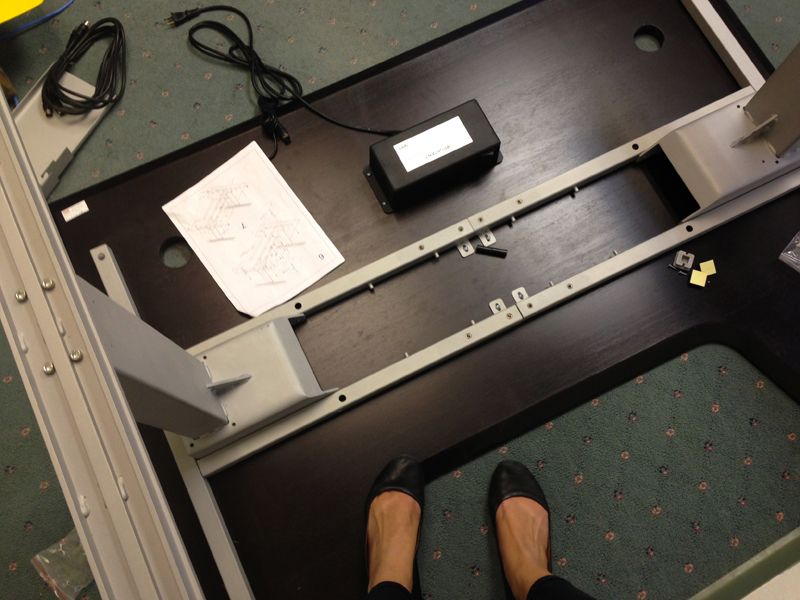
Oh. I also assembled an automated height adjusting desk. This piece of furniture-machinery is incredibly heavy and a bit complicated to put together, but it’s quite impressive when complete.
